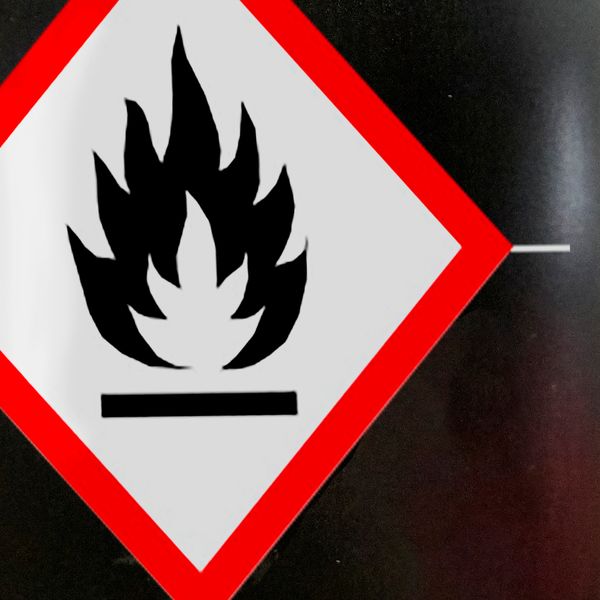HazCom training remains a frequently cited violation
The Hazard Communication, or HazCom, Standard at 1910.1200 requires that all employees exposed to hazardous chemicals be provided with information and training on the hazardous chemicals in their work area at the time of their initial assignment (prior to being exposed to a chemical), and whenever a new chemical hazard is introduced.
Yet despite this requirement, HazCom training remains a frequently cited violation year after year. In fiscal year 2022, OSHA cited a lack of training or inadequate training over 700 times! This can result in thousands of dollars in fines for employers.
What does “exposure” mean?
The regulations at 1910.1200(c) define “exposure or exposed” to mean “that an employee is subjected in the course of employment to a chemical that is a physical or health hazard, and includes potential (e.g., accidental or possible) exposure. “Subjected” in terms of health hazards includes any route of entry (e.g., inhalation, ingestion, skin contact or absorption.)”
What needs to be covered in training?
The regulations allow you to design information and training based on the specifics of your facility and should cover the categories of hazards, such as flammability or carcinogenicity, or specific chemicals. Employees must understand the chemical-specific hazards of their work space and how to understand and access chemical labels and safety data sheets (SDSs).
Employees must be made aware of:
- The requirements of the HazCom standard;
- Operations in their work area where hazardous chemicals are present;
- The location and availability of the employer’s written HazCom program, including the required list(s) of hazardous chemicals, and SDSs;
- How to detect the presence or release of a hazardous chemical in the work area, such as monitoring conducted by the employer, continuous monitoring devices, visual appearance or odor of hazardous chemicals when being released, etc.;
- How to read GHS labels and when to apply them to secondary containers.
- The physical, health, simple asphyxiation, combustible dust, and pyrophoric gas hazards, as well as hazards not otherwise classified (HNOC), of the chemicals in the work area;
- How they can protect themselves from these hazards, including specific procedures the employer has in place to protect employees from exposure to hazardous chemicals, such as appropriate work practices, emergency procedures, and personal protective equipment (PPE) to be used;
- The details of the empoyer’s written HazCom program, including an explanation of the labels received on shipped containers and the workplace labeling system used by the employer (if different); and
- How to use the appropriate hazard information found on SDSs, including the order of information and how to obtain SDSs.
Key to remember
Employee information and training are vital parts of OSHA’s HazCom standard. Employees must understand the hazards of the chemicals in their work areas and how to protect themselves from those hazards.































































